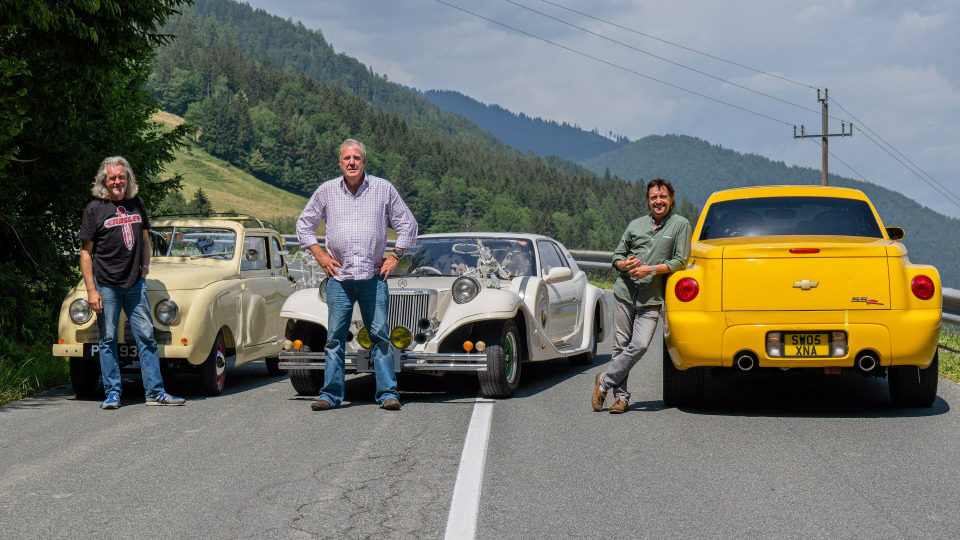
In the realm of travel, few concepts evoke the same sense of adventure, cultural immersion, and exploration as the “Grand Tour. ” Originating in the 17th century, the Grand Tour was a rite of passage for young топ гир aristocrats, a journey across the continent to imbibe in the arts, history, and cultures of Europe’s most prominent cities. Over time, its scope expanded to encompass destinations across the globe, evolving into a symbol of intellectual curiosity and social refinement. Today, the Grand Tour continues to captivate travelers worldwide, offering a tapestry of experiences that transcend mere sightseeing. Let’s embark on a journey to explore the essence and allure of the Grand Tour. The Grand Tour traces its origins to the 17th-century phenomenon of the “Grand Tourists” – young noblemen and scholars primarily hailing from Britain, France, and other parts of Europe. Originally intended as a finishing touch to their education, the Grand Tour became a hallmark of cultural sophistication and refinement. These travelers, equipped with ample resources and cultural capital, embarked on journeys that spanned several months to several years, traversing through major European cities such as Paris, Rome, Venice, and Florence.
The primary objectives of the Grand Tour were manifold. Firstly, it aimed to expose the young aristocrats to the classical heritage of Greece and Rome, fostering an appreciation for art, architecture, and philosophy. Secondly, it provided an opportunity for social networking and diplomatic engagements, allowing the travelers to forge alliances and establish their positions within European society. Lastly, it served as a means of self-discovery and personal growth, challenging the travelers to navigate unfamiliar territories and cultures. Over time, the Grand Tour evolved beyond its European origins, encompassing destinations across the globe. The rise of colonialism and imperialism expanded the horizons of travel, with destinations such as Egypt, India, and the Middle East becoming integral stops on the Grand Tour itinerary. This expansion not only broadened the travelers’ cultural perspectives but also reinforced notions of European supremacy and exoticism. The Romantic era further romanticized the Grand Tour, depicting it as a transformative journey of self-discovery and enlightenment. Writers such as Lord Byron and Percy Bysshe Shelley immortalized the Grand Tour in their works, elevating it to a symbol of freedom, adventure, and rebellion against societal norms. This romanticized perception persists to this day, influencing how modern travelers perceive and undertake their own journeys.
While the traditional Grand Tour of Europe may have faded into history, its spirit lives on in contemporary travel experiences. Today, travelers from all walks of life embark on their own versions of the Grand Tour, driven by a desire to explore, learn, and grow. From backpackers traversing the ancient streets of Rome to luxury travelers indulging in the opulence of Parisian palaces, the essence of the Grand Tour endures in myriad forms. One of the defining characteristics of the modern Grand Tour is its inclusivity. Unlike its aristocratic origins, today’s Grand Tour is accessible to a diverse range of travelers, regardless of social status or background. Backpackers, solo travelers, families, and retirees alike can partake in the journey, each bringing their unique perspectives and aspirations to the table. Furthermore, the modern Grand Tour extends beyond geographical boundaries, encompassing a wide array of experiences and activities. Cultural immersion remains a central theme, with travelers seeking to engage with local communities, cuisines, and traditions. However, the definition of culture has expanded to include not only classical art and architecture but also contemporary expressions such as street art, music festivals, and culinary movements.
Technology has also played a transformative role in redefining the Grand Tour experience. The advent of the internet and social media has democratized travel information, empowering travelers to plan and customize their journeys with unprecedented ease. Virtual reality and augmented reality technologies offer immersive glimpses into distant destinations, allowing travelers to preview their experiences and make informed decisions. The Grand Tour of the 21st century is also characterized by sustainability and responsible tourism. Increasing awareness of environmental issues and cultural preservation has prompted travelers to seek out eco-friendly accommodations, support local artisans, and engage in community-based tourism initiatives. There is a growing recognition that travel should not only enrich the individual but also contribute positively to the places visited.
Despite its enduring appeal, the Grand Tour faces a myriad of challenges in the modern era. Economic instability, geopolitical tensions, and global pandemics can disrupt travel plans and dampen enthusiasm for exploration. Overtourism, fueled by the popularity of iconic destinations, poses threats to local ecosystems, infrastructure, and cultural heritage. Moreover, issues of cultural appropriation and commodification underscore the need for travelers to approach their journeys with sensitivity and respect. However, amidst these challenges lie opportunities for innovation and adaptation. The rise of sustainable travel initiatives, community-based tourism projects, and digital nomadism reflects a growing consciousness within the travel industry. By embracing principles of ethical tourism and cultural exchange, the Grand Tour can continue to thrive as a transformative and enriching experience for generations to come.
In conclusion, the Grand Tour remains a powerful symbol of human curiosity, exploration, and cultural exchange. From its origins as a privilege of the European elite to its modern incarnation as a global phenomenon, the Grand Tour continues to inspire and captivate travelers worldwide. Whether traversing the ancient ruins of Athens, savoring the flavors of Marrakech, or immersing oneself in the vibrant energy of Tokyo, the essence of the Grand Tour lies not merely in the destinations visited but in the transformative journey itself. As we navigate the complexities of the 21st century, may the spirit of the Grand Tour continue to guide us towards greater understanding, empathy, and connection with the world around us.